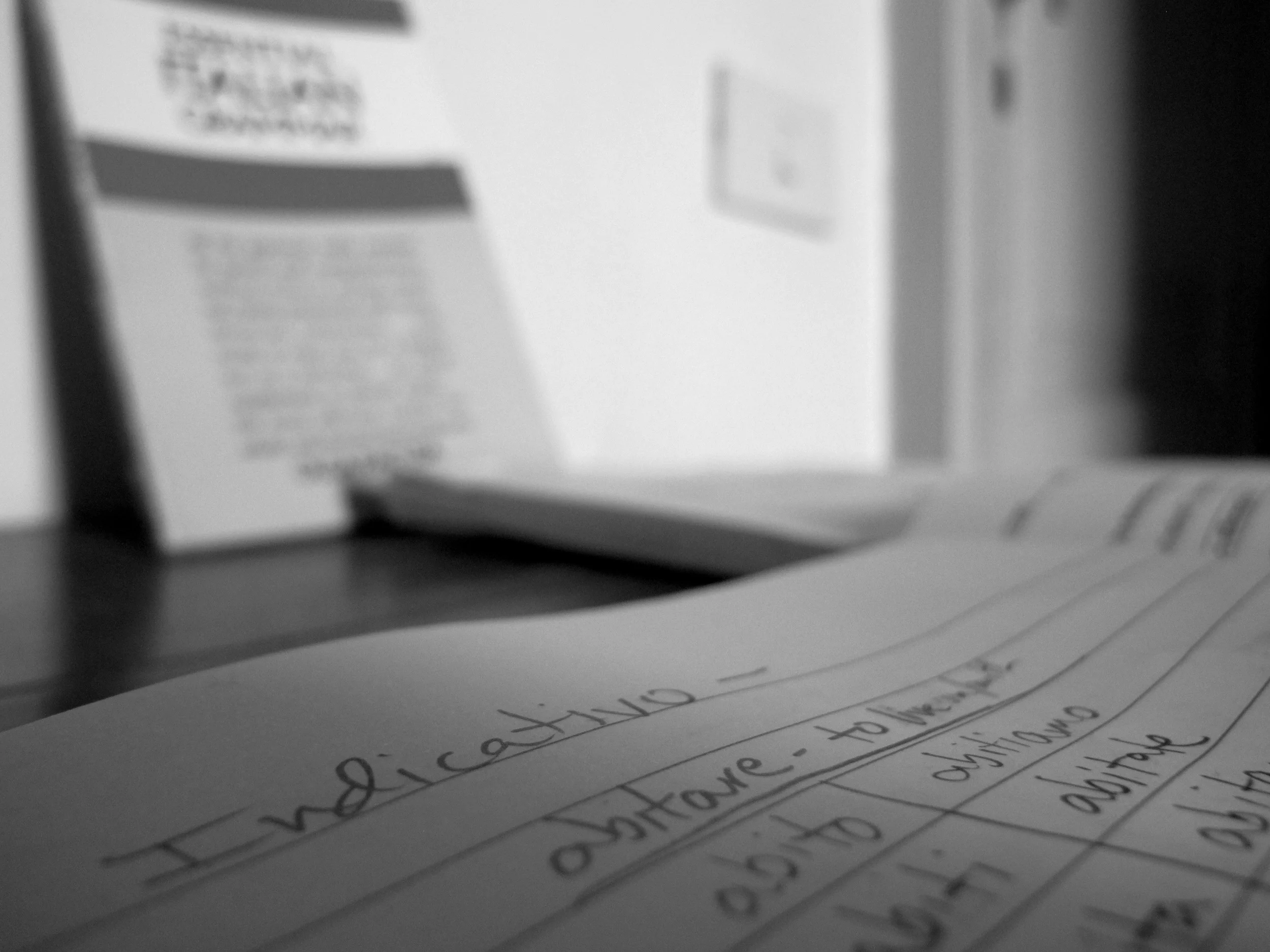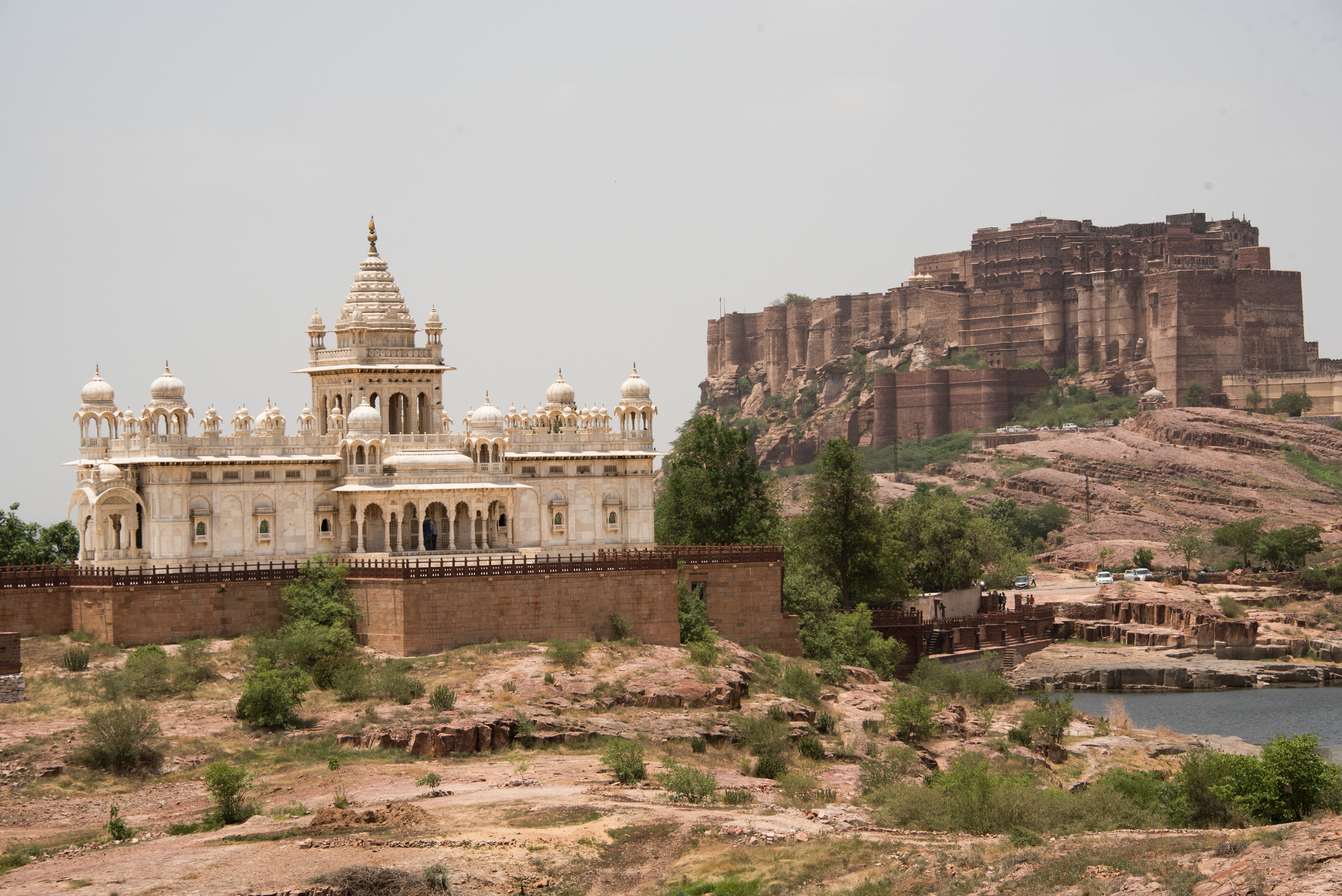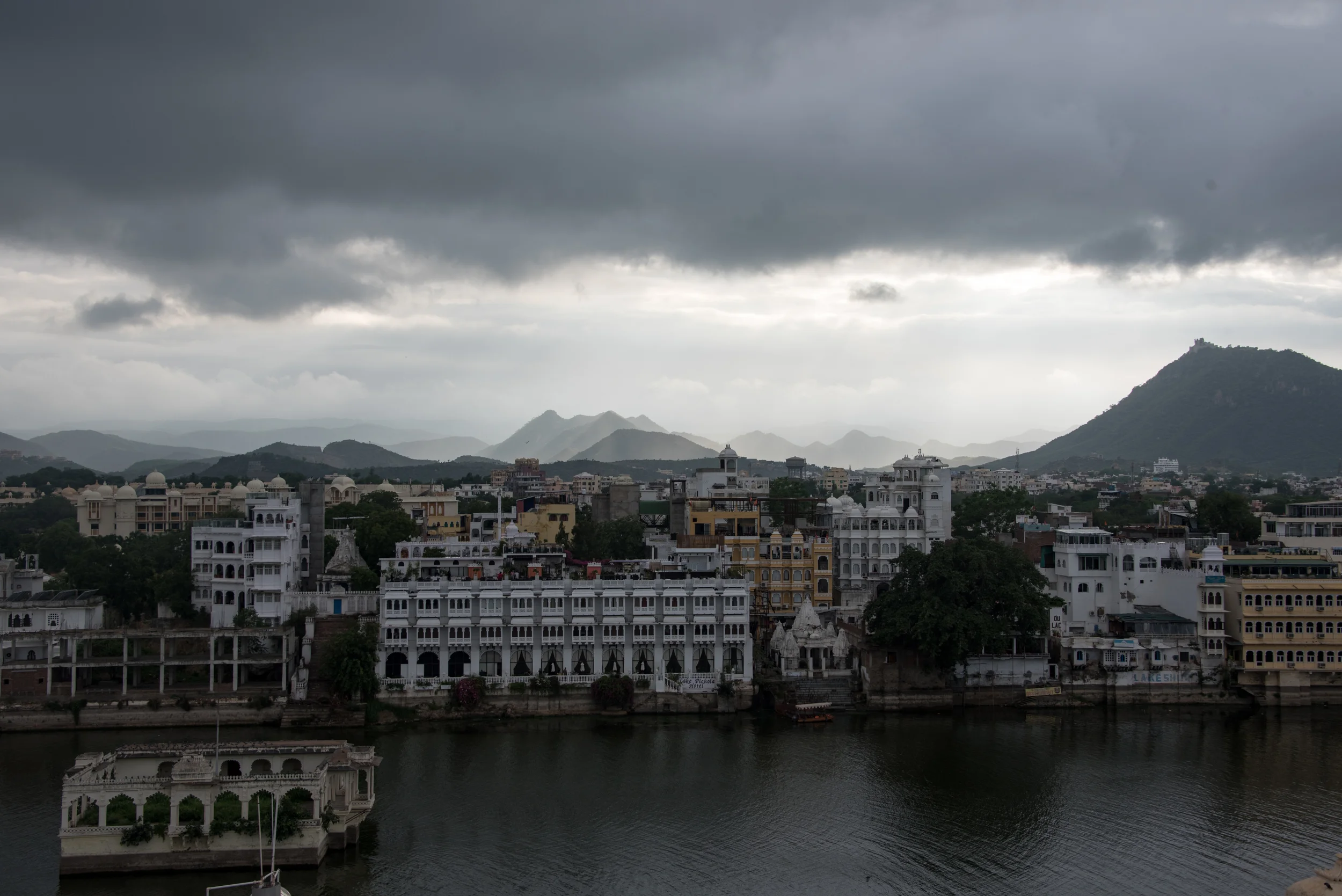The hike to Everest Base Camp from Lukla is well trodden by many a tour group and individual trekker. The (mostly) out and back route takes approximately 12 days, including acclimatization days, to complete, and has been criticized for the crowds and, unfortunately, trash that tends to accumulate with such an influx of people in an area not suited to dispose of the refuse that comes with. While we wanted to see Everest during our trek, we opted for the 3-Passes route, a difficult route that crosses 3 passes in the 18,000 ft range, with the option to take the offshoot up to Everest Base Camp. The trail was rated as “Hard” and, in some areas, “Remote.”
These are both accurate statements.
From Chukung, we set out for Kongma La pass, supposedly the hardest of the three. Within 20 minutes, I began to feel light headed and the sensation that typically comes prior to passing out. Perhaps it was the 5am start, or the altitude, or the skipped breakfast, or the frozen hands, or the nervousness. Whatever the reason, the first course of action was to remove my pack and get some GU and some chapati in my system ASAP. After a few minutes’ recovery, all was right and we were back on the trail. The morning was beautiful, but the hike was grueling. After what seemed like endless false fronts and one too many impossibly steep switchbacks, we found ourselves at the top of the pass, 18,000+ feet up, overlooking lakes, rocky peaks, and snow covered faces as far as the eye could see. A sense of both accomplishment and awe overwhelmed as we enjoyed our extra hard-boiled eggs from the top, straddling the rocky crags of the pass, looking back at what we’d just accomplished, and out into what lay ahead.
As if the climb up wasn’t enough, we spent the next 5 hours maneuvering our way down the mountain, over icy boulders and down, down, down what seemed like a never-ending trail. The trip down was wearing, as food, water, and energy ran low. At the bottom of the hill, we reached one last obstacle – a glacier crossing, or at least the remnants of what once was a glacier. A steep climb up, then down into the maze of rocks, ice, and pools, following the flags that would eventually lead us to our resting spot for the evening. Into a new world we ventured, with new peaks to ogle over, new terrain to traverse, and new mental battles to fight. Alas, we arrived in Lobuche, back on the well-trodden path to Everest, the first pass in the books.
With bodies and minds sufficiently shot, but our confidence boosted, we continued the push towards Everest Base Camp the following morning, reaching Gorak Shep, the last remnants of civilization, for a quick tea break and sendoff towards the great Sagarmatha. The route was cake compared to the day before, and we arrived (along with dozens of others) to the desolate wasteland that is base camp. With the climbing season over, just a couple tents lay strewn about the rocky hillside that butts up against the undulating, spiky glacier than leads the way up the mountain. Almost hidden behind the surrounding mountains, Everest barely reveals its broad peak to would-be climbers. Based on my recent reading of Into Thin Air, I could somewhat trace the path up in my head, doing my best to envision how in the world the massive icefall could be traversed up to the next camp. I thought about those who met their demise on the mountain, the fact that they were still up there, preserved in the ice and snow, so far removed from the revelers down below celebrating their great accomplishment of walking to base camp with some trekking poles and a porter. I was proud of our feat, no doubt, and floored by the grandiosity of what was in front of me, but my experience at base camp felt much too heavy to celebrate. I made my way down into the glacier, leaping over a deep, fast-flowing runoff (the closest brush I would come to falling victim to the mountain), and did my best to get a sense of the size of it all. I imagined the difficulty of climbing over the ice 4 times my height, plodding my way up the mountain, staunchly reminding myself that I had no business being on that mountain, and thankfully, no desire.
If Everest Base Camp was sobering, Kala Patthar was pure glory. The following morning, we made our way to the top of the nearby hillside (if you count 1200 ft vertical paths hills), to the “footstool” of Everest. The vantage point from Kala Patthar puts the great mountain in plain sight, along with its neighbors to the left, right, and all around. The climb was tough as always, but invigorating, as we had positioned ourselves face to face with the top of world. Everest stands strong, broad, doesn’t show off with any fancy features, almost blends in as it sits behind lesser peaks that may seem to match its height, but don’t come close. It’s as if the mountain is content to sit and let the other peaks deceive its viewers, because it knows who sits atop the throne, and that’s really all that matters. We sat on our own makeshift throne at the top of a rocky outcropping for who knows how long, soaking up the glory that surrounded, high on both life and earth, unsure that we’d ever come down.
Continuing along the route, a short day on the trail left us in Dzonghla, the jump off point for the next pass, Cho La. Dzonghla quickly became one of our favorite stops, nestled at the top of a valley, perfectly framing Ama Dablam, our favorite peak. After Kongma La and Kala Patthar, we were confident for Cho La, though that didn’t make the effort any less challenging. After a short, lost-trail detour and a slip into the creek, it looked as though we were in for another rough day. With our heads down, we persevered, up and over even larger boulders, across snow-packed ledges where one bad step would send us sliding, and finally to the top of the 2nd pass, where we reaped the spoils once again. Snow and peaks and outcroppings on all sides, we sat again on nature’s perfectly selected pedestal. As tends to be the case, two photos of different passes may not look all that different to the untrained eye, but the real-life experience makes each pass uniquely its own, a spoil only truly reaped from the effort exerted to make your way to the top. A similar fate from Kongma La await us on the other side, as we cautiously made our way down, with another glacier-remnant crossing as the final obstacle before reaching the village of Gokyo, the most beautiful place on Earth you’ve never heard of.
2 heavenly days in Gokyo gave way to our final test, the Renjo La Pass. Nervousness no longer an obstacle, it was our focus and resolve that was tested on the final pass. Being so close to the end, it’s easy to fall into the trap of letting down the guard, of losing focus on the task at hand, of hitting the brick wall that doesn’t provide too many options high up on the mountain. The closer we reached, the harder it was to find my rhythm. Each misstep at such high altitude required an extra few seconds to catch my breath and search for the cadence that would take me to the top. Each false front made for another blow to the psyche. The 3rd pass, the easiest of them all, was proving to be the most challenging, as if my body and mind knew it was almost done, but was not patient enough to wait it out just a bit longer. Alas, the pass was ours, quite literally, as only one other trekker, coming from the opposite direction, joined us at the top. The views, as expected, spell-bounding. Everest and its pals straight across, Gokyo and its emerald lakes below, glacier slashing through the panorama, any and all of the scenes we’d encountered during the previous 2 weeks walking, slogging, bouldering our way up, over, and through the valleys and mountainsides lay right in front of us. The Creator’s canvas, laid bare for us to take in, under a pristine sky.
If I looked hard enough, with enough imagination, I could see our footprints meandering the far-off trails. Permanent strokes on a perfect canvas, a permanent snapshot on an imperfect soul.













































































